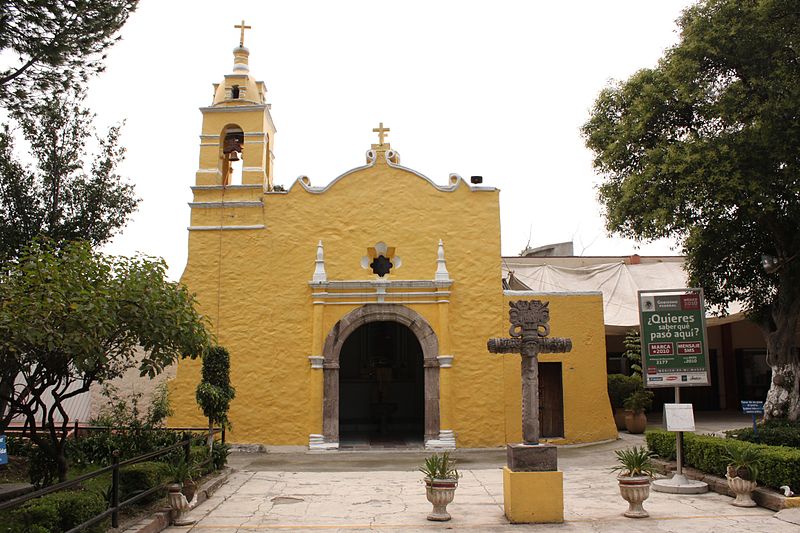
__
Santa Úrsula Xitla is another one of the original settlements of Tlalpan. Even today, the town is somewhat in the shadow of it’s northerly neighbor, San Agustín de las Cuevas. That town is usually credited with much of Tlalpan’s history, especially through the colonial period.
But in fact, Santa Úrsula Tochico, as it used to be called, is much older. The town is of Tepeneca origin. A Chichimeca people, they spoke Náhuatl and settled in the Valley of Mexico between the 11th and 12th centuries. The best-known Tepaneca settlement was in Azcapotzalco, but they also had population centers in Coyoacán, and Ajusco. Deep divisions between them and the Xochimilca people to the east are said to explain some of the importance of the town of Tochico.
The town name, Tochico, derives from the Náhuatl words that could be translated as “fine or valuable choker or necklace.” The people are known to have made necklaces and ornaments from tree resin. A second Náhuatl translation could mean “place of rabbits,” from the Náhuatl word “tochihuitl.”
The town was already delineated in a map of 1532. By 1544, the area was evangelized by Franciscans and named it for Santa Úrsula. It was a dependency of the larger San Agustín de las Cuevas. Closer than ever to the larger town, Santa Úrsula began holding a popular festival on October 21 of each year. By the end of the 18th century, it was recognized as a pueblo, or town, in its own right. Soon after 1791, the name was changed to reflect its nearness to the Xitla Volcano.
The temple of Santa Úrsula Xitla y San José dates from the 16th century. The Franciscans are thought to have originally built a smaller chapel. The newer temple though was dedicated to the Virgin and Martyr Saint Ursula, with some characteristics of the earlier structure. Tradition has it, that the image of the Virgin Santa Úrsula Mártir and the Santo Cristo de Xitla were both made by the indigenous subjects of the church soon after the fall of Tenochtitlán.
Made of wood with cane paste, the sculptures should be seen. There is also one of San Lorenzo from the nearby town of Huipulco. The church also maintains the Calvary Chapel, in the Barrio Originario of the same name and just north of this, the Parish Church.
El Barrio Calvario is believed to have been an essential point for the Tepaneca population and possibly the very first settlement in Tochico. The present-day chapel, although rebuilt multiple times, is on the site of a chapel dating from 1531.
Today, the town provides a vibrant setting in the south of the city, and not just for its well attended cemetery.
 +525556552519
+525556552519
 https://www.facebook.com/PuebloSantaUrsulaXitla
https://www.facebook.com/PuebloSantaUrsulaXitla

Nearest at 0.52 kms.
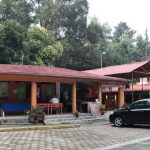
Nearest at 0.55 kms.
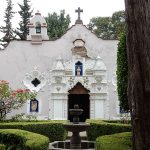
Nearest at 0.99 kms.

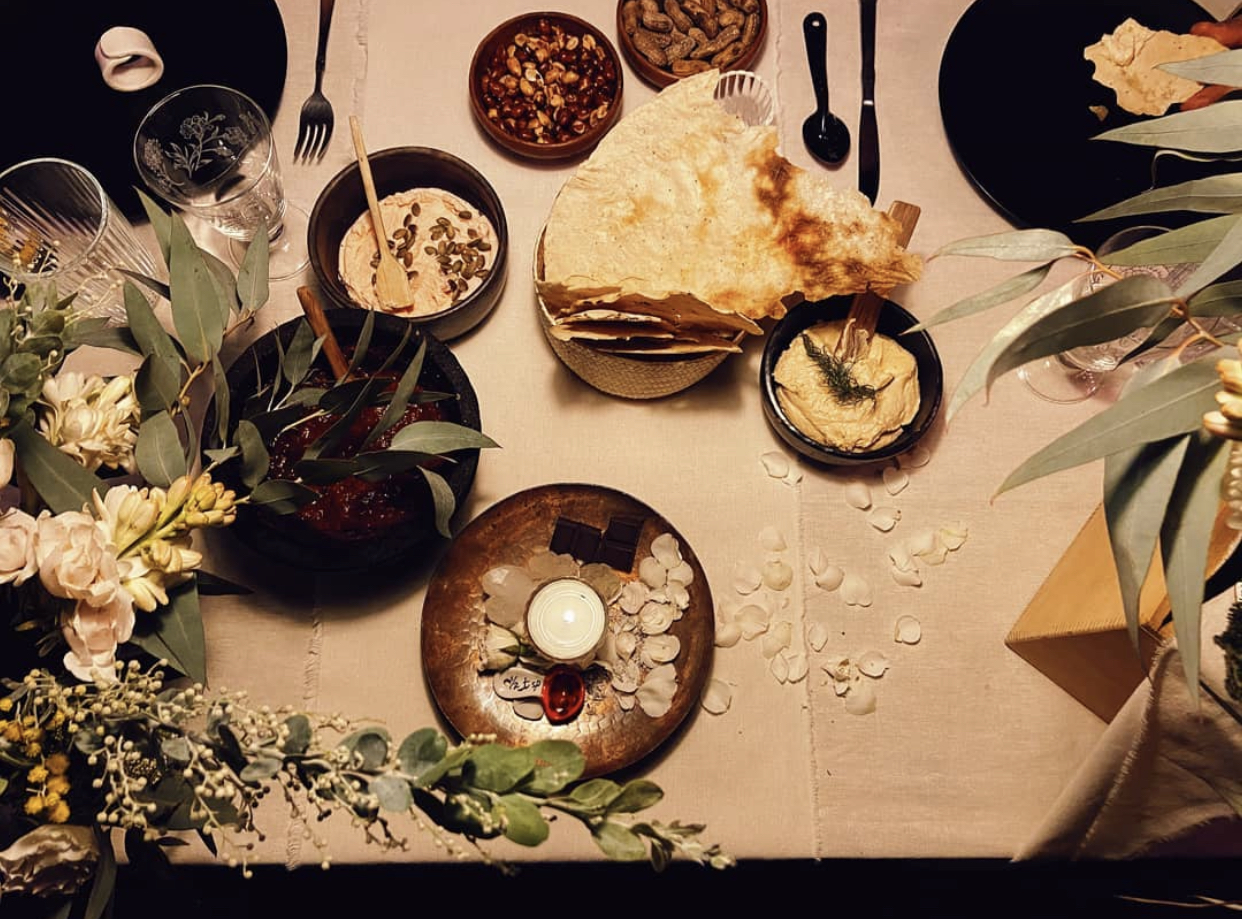
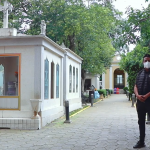
One of the most haunted places in the Center of Tlalpan . . .

One of Tlalpan's premier performing arts venues . . .

One of Mexico City's leading contemporary art communities . . .
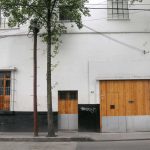
A masterwork of 20th-century interior design.
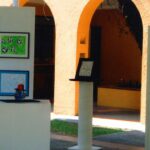
A collaboration between the State Council for Culture and the Arts of Hidalgo and the State Representative in Mexico City.